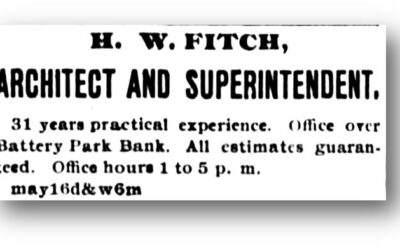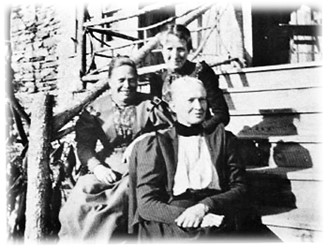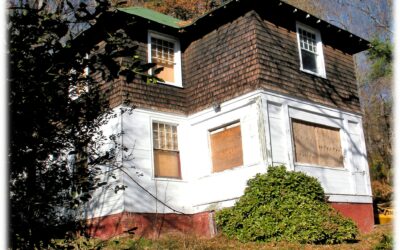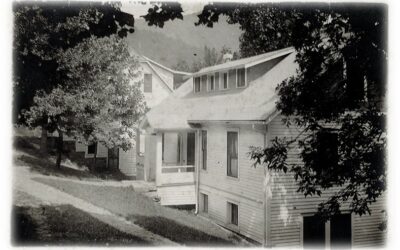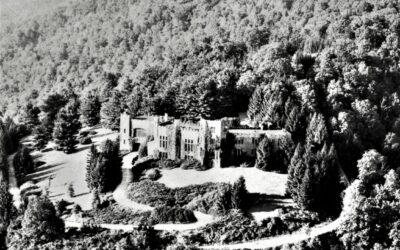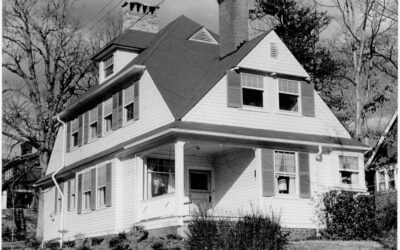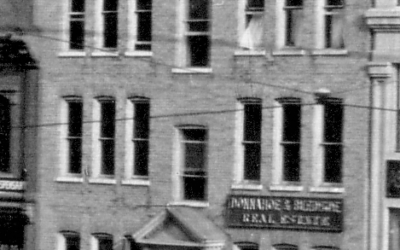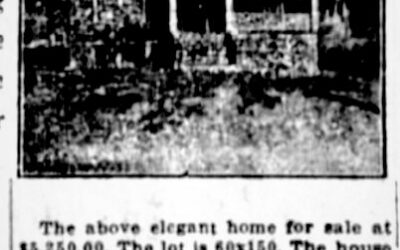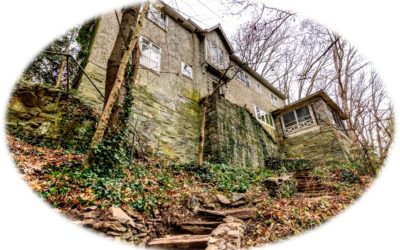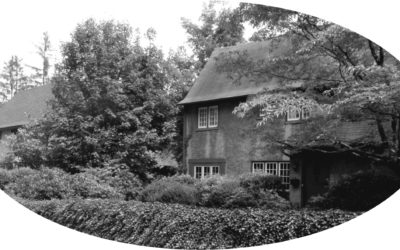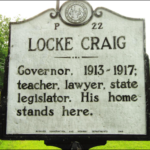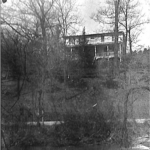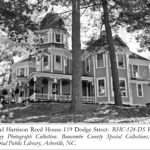![]()
Architectural Tidbits
“H. W. Fitch” The Alias Architect and Builder of Buncombe County
By Dale Wayne Slusser Architect and builder “H. W. Fitch”, at the age of 50, arrived in Asheville in 1888 from Atlanta, Georgia, and almost immediately began to make a name for himself in the building trades in Asheville’s then booming real estate and building...
read moreRenewal, Respite, and the Rustic-Style: The Early Cottages and Cottagers of Montreat
by Dale Wayne Slusser The development of Montreat, North Carolina was the product of the blending of two Victorian social movements- the camp meeting, and the railroad promoted health and pleasure resorts movements. The original concept for Montreat was, according to...
read moreAsknish: A Small Cottage with a Big History
“Here lived Miss Agnes and Lucia Campbell, two very sweet and indigent Southern gentlewomen…” By Dale Wayne Slusser In 1889, northern millionaire George Washington Vanderbilt, began construction of his 250-room mansion, “Biltmore” on a hill above the southern bank of...
read moreChester Lord of “Lord Place” and the Start of the “pretty little religious village” of Montreat
by Dale Wayne Slusser Once described as a “pretty little religious village”[1], the Town of Montreat, which is nestled in a deep cove near Black Mountain in Western North Carolina, has a rich and prolific assemblage of historic cabins, cottages, and residences. One...
read more“Overlook”-Fred Seely’s Stone Castle: Forde Abbey Transposed on Overlook Mountain
By Dale Wayne Slusser On May 24, 1914, the Charlotte Observer reported the following news from Asheville: “Work on the stone castle which Fred L. Seely is building on the brow of Overlook Mountain has been resumed and a force of 30 workmen is now engaged in erecting...
read moreRichard Sharp Smith & Dr. Jules Ernest David: The J. E. David Cottages on East Chestnut Street
By Dale Wayne Slusser While walking down N. Liberty Street in North Asheville, via google “street view”, recently, I came across the beautiful cottage at the northeast corner of N. Liberty and East Chestnut Streets (138 E. Chestnut Street). My first thought was that...
read moreJ. T. Bledsoe, P. A. Donnahoe & R. S. Smith: Building Arts & Crafts Spec Houses in Asheville and The Case of the Mysterious Floor Plans!
By Dale Wayne Slusser When the current owners of 169 Flint Street (in Asheville’s historic Montford district) asked me to research the history of their house, they also asked me to investigate the possibility that their house was designed by Richard Sharp Smith. “R....
read moreIs That Really Our House? Sleuthing the History of an Early 20th-century “Spec House”
By Dale Wayne Slusser Most often when I’m asked by a homeowner to trace the history of their “old house”, the owner assumes that their house was originally designed and built for a specific owner. Often, they also assume that the house was designed by a notable...
read more“Faraway”: An English Storybook Cottage-by Julius Gregory?
By Dale Wayne Slusser Perched high on a steep wooded site on Sunset Mountain, accessed from below, up a series of rustic stone steps and a magical pathway that winds up the hill through the dense ivy ground-cover, is an enchanting Storybook-style cottage,...
read moreThe Clough Houses: Architect Julius Gregory’s English Cottages
By Dale Wayne Slusser As the ravages of the “Great War” began to fade and the post-war prosperity of the early 1920s dawned, those U. S. servicemen and women who had served overseas, began to replace their images of the horrors of war with the more pleasant memories...
read more
